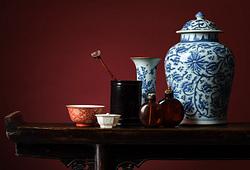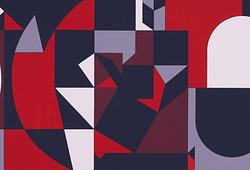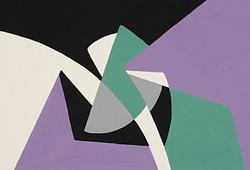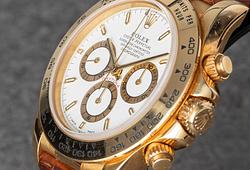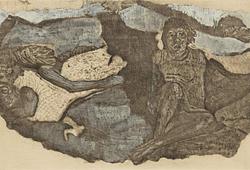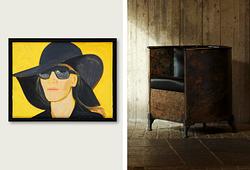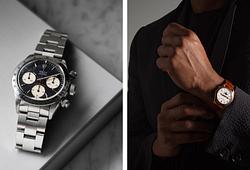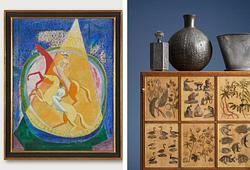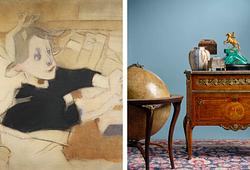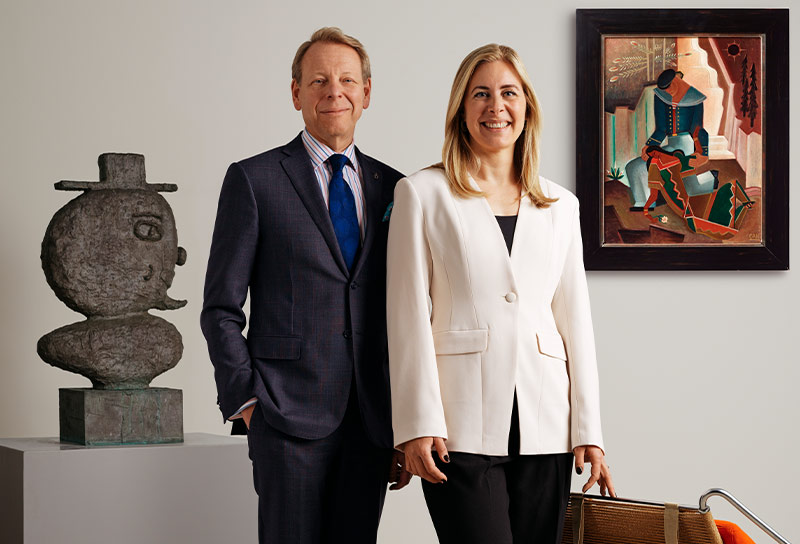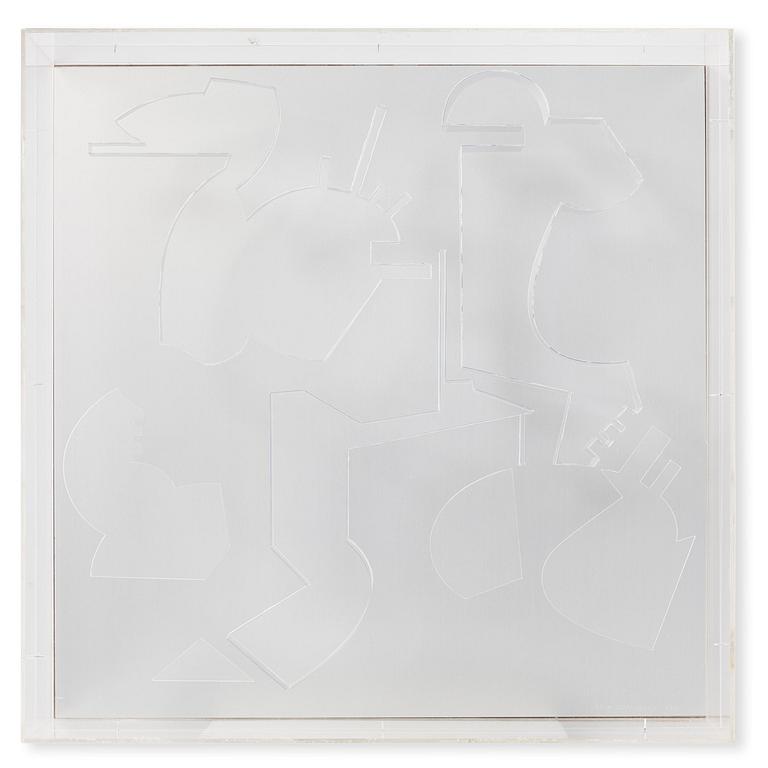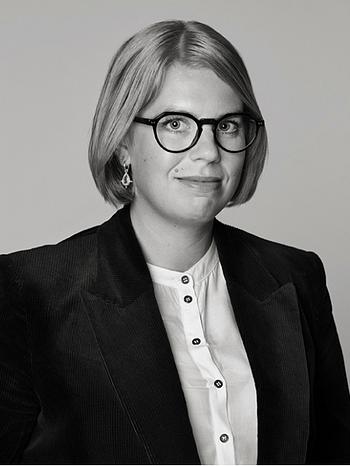Erik Chambert
"Börsen"
Signed Erik Chambert and dated 1978. In a plexiglass box 46 x 46 cm, depth 12.5 cm.
Alkuperä - Provenienssi
The artist's family.
Näyttelyt
Modern Museum, "Modern Museum Now: Eric Chambert", 31 October 2009 - 10 January 2010.
Kirjallisuus
Thomas Millroth, "Erik Chambert", 1993, illustrated p. 76.
Muut tiedot
In addition to creating functional furniture design and elegant interiors, furniture architect Erik Chambert also produced art in which he visualized his impressions and life experiences through an abstract visual language. Chambert served as the artistic director of the family business, AB Chamberts Möbelfabrik in Norrköping. He made his major design debut at the 1930 Stockholm Exhibition and later continued to exhibit in Chicago, Berlin, Brussels, Paris, and New York.
Alongside his furniture design, Chambert was also a prominent visual artist in the fields of concrete and abstract art. In the 1920s and 1930s, he often created watercolored sketches of furniture, and by the late 1930s, his gouaches began to include fragments of reality and organic, non-representational flowing forms. He debuted at Liljevalchs Autumn Salon in 1943 and was subsequently represented there multiple times. In the 1950s, Chambert painted in a purely abstract style, initially titling his works with "Composition" and a number, or simply using capital letters.
From the mid-1960s, he created reliefs using white, black, or red paper, or silver paper and gold foil. He aimed to create visual tension through spatial effects, inviting the viewer to move in front of the artwork and perceive how shadows and light enhanced the visual experience. The reliefs were built into plexiglass boxes, which became part of the artwork itself.
In the late 1960s, throughout the 1970s, and into the early 1980s, he further experimented with light and light refraction, using only plexiglass in sheets and rods, sometimes painted on the top surface to enhance the motif.
The five works in the auction come from the artist's family.





